Have you ever wondered what it feels like to stand atop North America? Get ready to meet the 20,310-foot giant with this astonishing title – Denali (Mount McKinley), a breathtaking Alaskan peak that challenges climbers and inspires awe in all who witness it.
⫸ Introduction
Mountains rise as titans across our planet, shaping landscapes and influencing life itself. From their rocky heights, rivers are born, climates are tempered, and unique ecosystems flourish.
Our continent boasts a stunning array of mountain ranges. The ancient Appalachians undulate across the east, while the mighty Rockies form North America’s rugged spine. Each range holds its own stories and secrets.

There’s something undeniably captivating about the highest peaks. They represent challenges to overcome, the pursuit of breathtaking vistas, and a humbling encounter with nature’s raw power.
Among North America’s many giants, one reigns supreme. This is the focus of our exploration: the tallest mountain in North America. Let’s delve into its story, a story etched in ice, rock, and human ambition.
⫸ What is the Tallest Mountain in North America?
The search for North America’s rooftop leads to a single, awe-inspiring answer.
Boldly reveal the name – Denali
Denali, a titan of rock and ice, towers over the wilds of Alaska. Traditionally known by the Koyukon Athabascan people as “The High One,” this peak proudly holds the title of the tallest mountain in North America.

The Name – Denali's History
Denali’s name holds a story of change and respect. 1896, it was dubbed “Mount McKinley” after a U.S. president. However, in 2015, its original Athabascan name, Denali, was officially restored, recognizing the deep connection of native peoples to this land.
Denali's Location
Denali anchors the vast Alaska Range, a spine of mountains slashing through the heart of Alaska. It reigns supreme within the six-million-acre Denali National Park and Preserve, a sanctuary of pristine wilderness teeming with wildlife.
Denali's Height and Prominence
Denali reaches an official height of 20,310 feet above sea level. Even more remarkable is its prominence – the rise from base to peak. Denali boasts one of the world’s largest vertical rises, making it a true standout among global mountains.
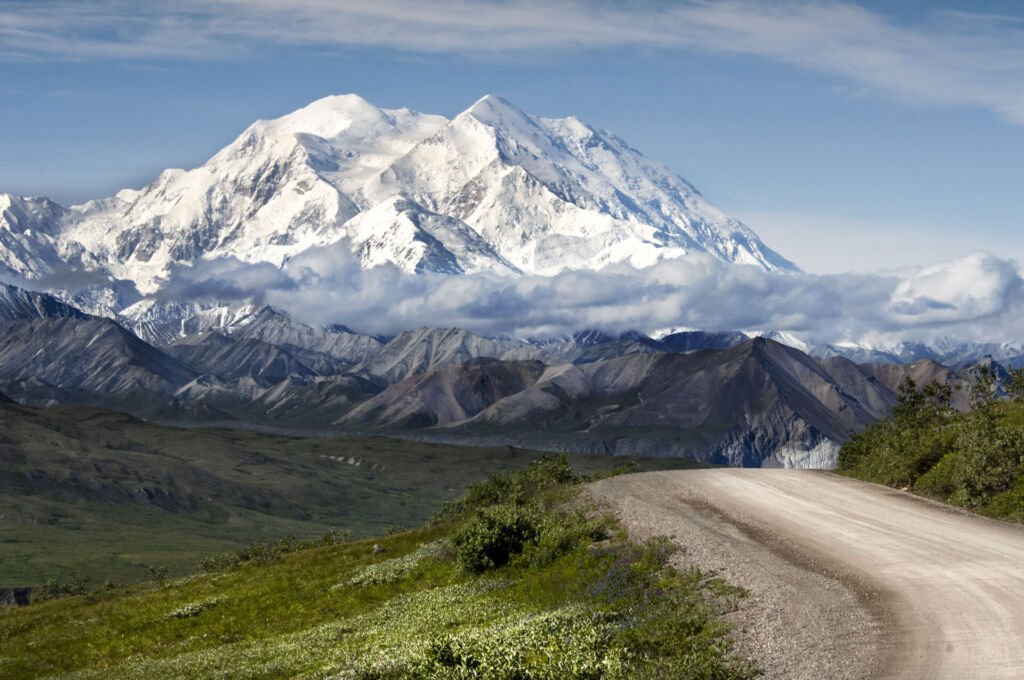
Challenges and Fascination of Climbing Denali
Denali is not just tall; it’s a test of human endurance. Arctic conditions, extreme cold, brutal winds, and technical difficulty make it one of the world’s most formidable mountaineering objectives. Yet the allure is undeniable. Climbers are drawn to Denali’s wild beauty, the challenge of pushing their limits, and the chance to stand where few humans ever will—atop the very roof of North America.
⫸ Other Notable Peaks in North America
While Denali reigns supreme as the tallest mountain in North America, this vast continent boasts a treasure trove of other awe-inspiring peaks. Let’s explore some of these majestic giants that shape our landscapes and capture our imaginations.

- Mount Logan, Canada: Nestled in the Yukon’s Saint Elias Mountains, Mount Logan is Canada’s highest peak and the second tallest in North America. Its massive base and multiple summits present a formidable challenge to mountaineers.
- Pico de Orizaba, Mexico: This stratovolcano is Mexico’s highest point and the third tallest in North America. Its permanently snow-capped summit provides a dramatic contrast to the surrounding landscapes.
- Mount Saint Elias, Canada/US: Straddling the border between Alaska and the Yukon, Mount Saint Elias boasts an impressive rise from sea level and offers stunning coastal views for daring climbers.
- Popocatépetl, Mexico (17,802 ft): An active and potentially dangerous volcano with a name meaning “Smoking Mountain” in the Nahuatl language.
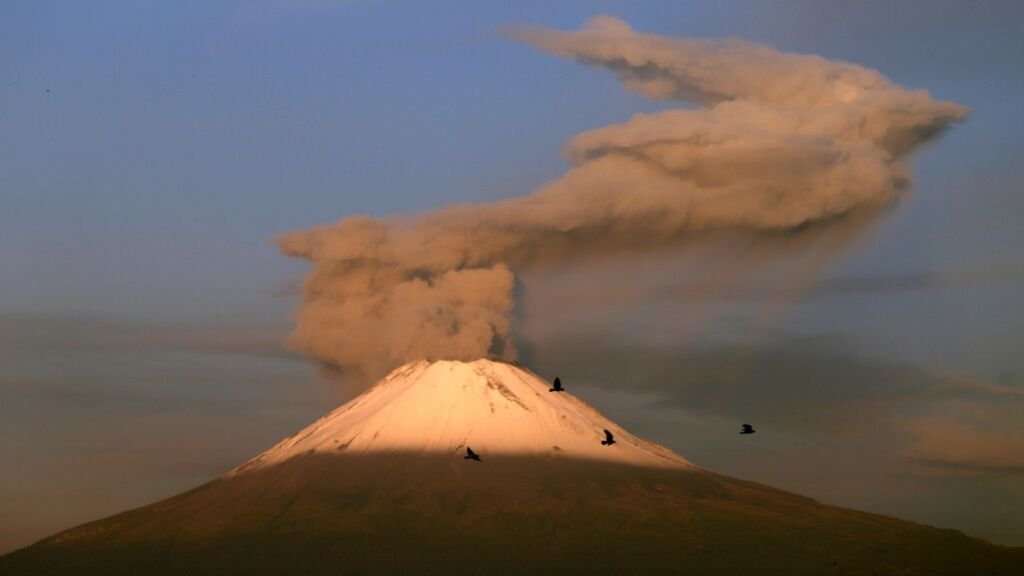
- Mount Foraker, USA (17,400 ft): Known as Denali’s “wife” due to its proximity, this Alaskan peak presents serious climbing challenges.
- Mount Lucania, Canada (17,257 ft): Located entirely within the Yukon, this peak is prized for its remote beauty and glacial landscapes.
- Mount King, Canada (16,972 ft): Part of the Yukon’s rugged Saint Elias Mountains, offering breathtaking views of surrounding glaciers.
- Mount Steele, Canada (16,644 ft): Its distinctive triangular profile makes it a visually striking landmark within the Saint Elias range.
- Mount Bona, USA (16,550 ft): Alaska’s fourth-highest peak is known for its sweeping glaciers and challenging ascent routes.
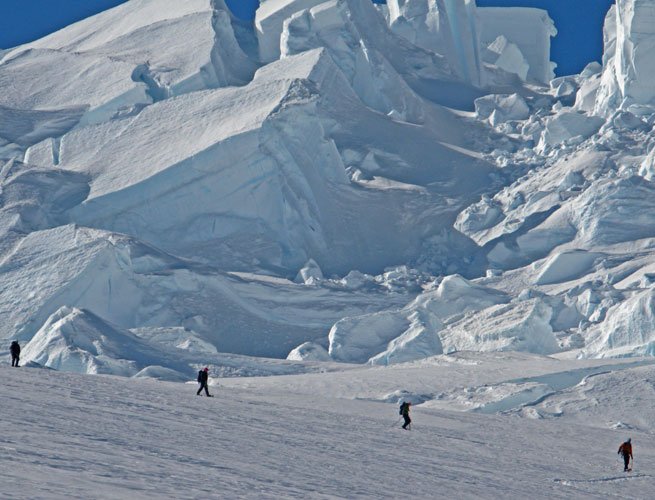
⫸ Mountain Ranges in North America
A collection of mighty mountain ranges sculpts North America’s landscape. These vast landscapes hold geological wonders, diverse ecosystems, sources of vital resources, and countless tales of human adventure. Let’s delve into a few of the continent’s most iconic ranges.
The Rocky Mountains: Backbone of North America, stretching from Canada to Mexico
The Rocky Mountains form the very spine of western North America, a massive system stretching from British Columbia in Canada to New Mexico in the USA. This young, rugged range boasts many of the continent’s highest peaks, including Mount Elbert (Colorado). It’s a haven for wildlife like bighorn sheep and elk, and its snowmelt feeds major rivers like the Colorado and the Rio Grande.
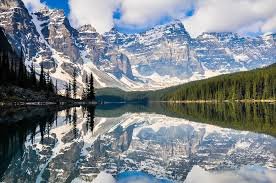
The Appalachian Mountains: Ancient range along the East Coast
In contrast to the Rockies, the Appalachians are an ancient range worn down by millions of years of erosion. They stretch from Newfoundland in Canada down to Alabama. Their gentle peaks are cloaked in diverse forests, home to black bears, salamanders, and countless unique plant species. The Appalachian Trail, a legendary hiking path, follows the ridges of this range.
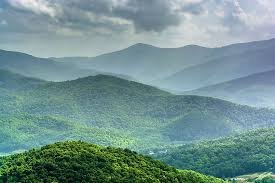
The Sierra Nevada: Home to stunning peaks in California
California’s Sierra Nevada is famed for its dramatic granite peaks, including Mount Whitney (the tallest mountain in the contiguous United States) and the iconic Half Dome in Yosemite National Park. These relatively young mountains are still actively rising. Their western slopes capture moisture, creating lush forests, while the east lies in a rain shadow, creating desert landscapes—a study in contrasts!
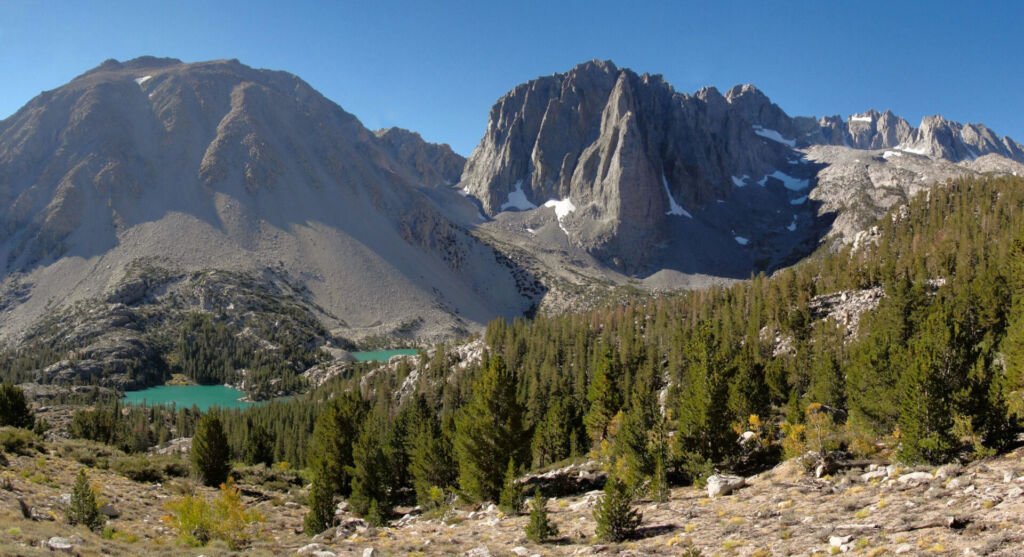
⫸ North America's Tallest Mountain: A Historical Perspective
Denali’s story isn’t just about height; it’s woven into centuries of human history. Let’s delve into the rich past of this iconic peak, from its indigenous roots to the controversies that shaped its name.
Highlight of Denali's indigenous names and their significance
- For thousands of years, the Koyukon Athabascan people who inhabit the region surrounding Denali have revered the mountain, calling it “Denali,” meaning “The High One” or “The Great One.”
- Emphasize the deep spiritual and cultural connection this name represents for the Athabascan people.

Overview of early exploration and mapping efforts
- While Denali’s formal “discovery” is often attributed to Western explorers in the late 19th century, evidence suggests earlier sightings by Russian explorers venturing into Alaska. Historical records hint at 18th-century observations of the mountain by these pioneers.
- The mountain wasn’t always known as Denali. In 1896, gold prospector William Dickey, inspired by the then-presidential candidate William McKinley, bestowed the name “Mount McKinley” on the peak. This name stuck for decades, becoming widely recognized, though it lacked the deep connection to the region’s indigenous heritage.
Controversy surrounding the naming of Mount McKinley and its later change
- This name stuck for decades, becoming widely recognized, though Alaskan Natives campaigned for years to restore the traditional Athabascan name “Denali,” meaning “the High One.” Their efforts were finally recognized in 2015 when the mountain officially regained its original name.
- While “Mount McKinley” gained recognition, it lacked a historical link to the region or its indigenous people. The name, bestowed by a prospector in support of a US presidential candidate, held no cultural significance for the Alaska Native people who had long revered the mountain. Their traditional name, “Denali,” meaning “The High One,” reflected a deep connection to the mountain’s grandeur and place in their cultural identity.
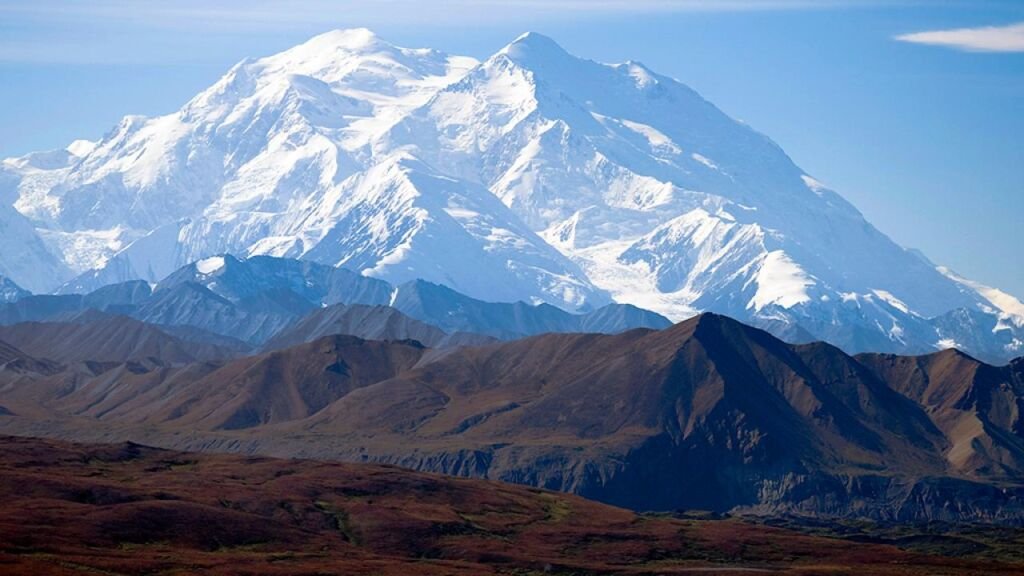
- In 2015, the Obama administration officially renamed the mountain “Denali,” restoring its rightful place within the indigenous heritage of Alaska.
⫸ Facts and Challenges of Climbing Denali
Conquering Denali (Mount McKinley), the tallest mountain in North America, is a true test of skill, endurance, and respect for the mountain’s power. This Alaskan giant presents challenges and dangers that only the most prepared climbers can overcome.
Climbing Difficulty and Dangers
- Extreme weather and altitude: Rapidly changing conditions, frigid temperatures, and high-altitude sickness constantly threaten climbers.
- Crevasses and other natural hazards: Hidden crevasses, avalanches, and unpredictable terrain create a treacherous environment demanding caution and specialized skill.
Preparation and Permits
- Required skills and experience: Denali is not for beginners. Climbers need proficiency in glacier travel, crevasse rescue, winter camping, and high-altitude mountaineering.
- Importance of training and preparation: Physical fitness, technical training, and mental preparedness are crucial for a safe and potentially successful climb.
- Permit system for climbing Denali: Denali National Park requires permits and has strict regulations in place for the safety of climbers and the preservation of the environment.
Remarkable Summit Stories
Denali has a rich history of incredible ascents and remarkable feats. Here are a few highlights:
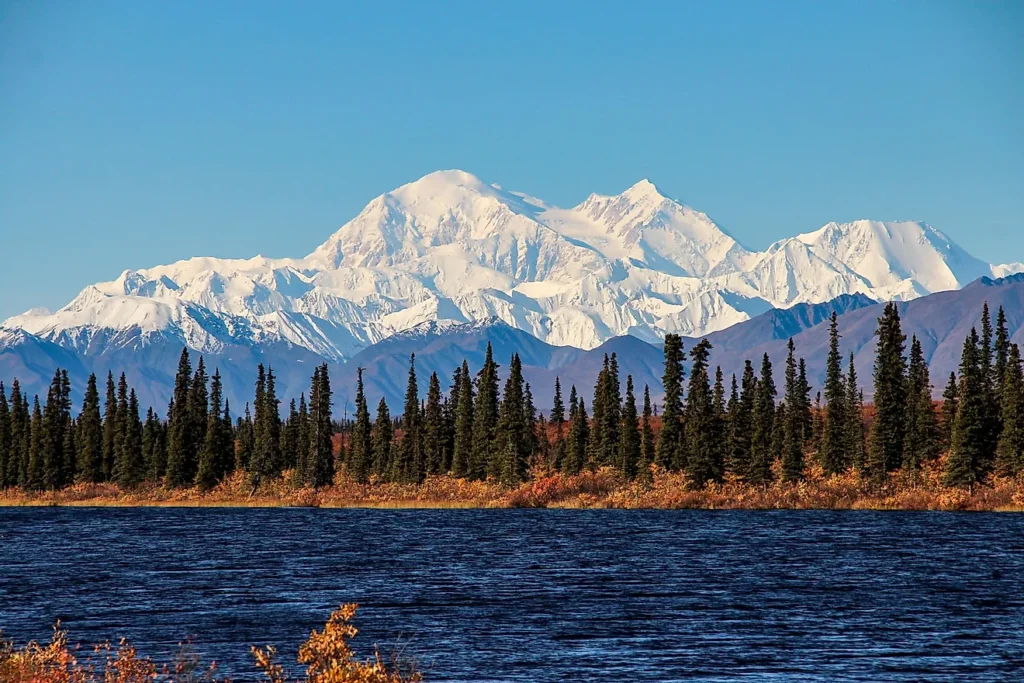
- First recorded ascent: In 1913, a team led by Hudson Stuck reached the summit.
- Youngest climber: In 2011, 13-year-old Tyler Armstrong became the youngest to summit Denali.
- Fastest ascent: The current speed record for climbing Denali is just under 10 hours.
- Female pioneers: Barbara Washburn became the first woman to summit Denali in 1947
⫸ Beyond the Summit: The Natural Wonders of Denali National Park
Denali National Park isn’t just about conquering the tallest mountain in North America. This vast Alaskan wilderness encompasses six million acres of breath-taking landscapes, diverse wildlife, and countless opportunities for adventure.
- Wildlife Encounters: Imagine spotting grizzly bears fishing for salmon, herds of caribou roaming the tundra, or Dall sheep traversing the mountain slopes. Denali is a true wildlife sanctuary.
- Landscapes that Inspire: From the peak of Denali to braided rivers, glistening glaciers, and the vibrant colours of autumn foliage, Denali National Park showcases nature’s artistry on a grand scale.
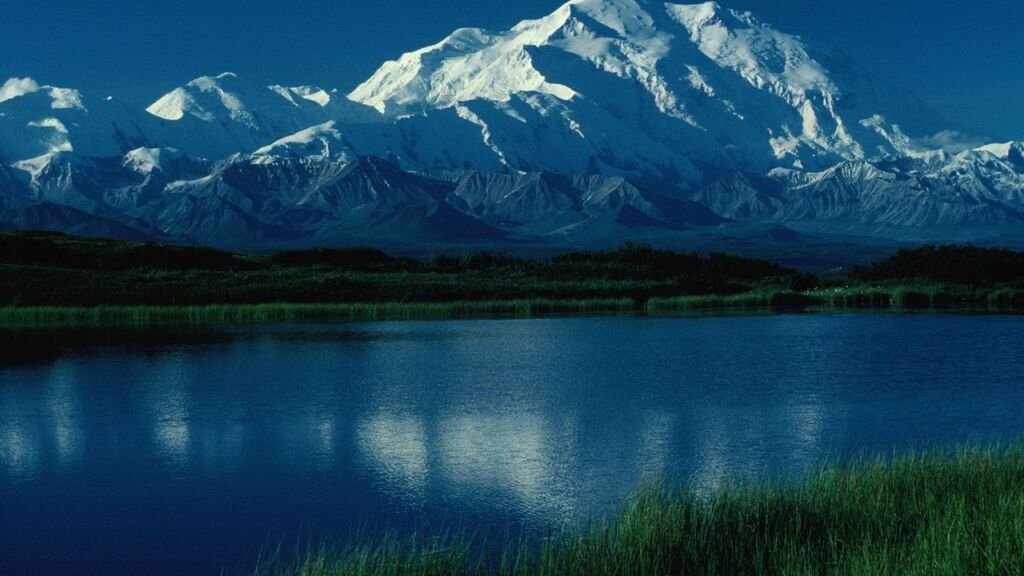
- Scenic Drives: The Park Road offers stunning vistas and wildlife viewing opportunities, even if you’re not aiming for the summit.
- Hiking: Explore trails ranging from short walks to backcountry adventures, each revealing a unique aspect of Denali’s beauty.
- Camping: Fall asleep under the vast Alaskan sky and wake up surrounded by pristine wilderness.
⫸ The Importance of Mountains
Mountains aren’t just colossal landforms; they are vital pillars supporting life and culture around the globe. From ecological treasures to sources of water and inspiration, let’s delve into the multifaceted significance of mountains.
Ecology and Biodiversity
- Mountains act as islands in the sky, fostering unique habitats adapted to specific elevations and climates.
- This variety supports a stunning array of plants and animals, many found nowhere else on Earth.
- North America’s mountains are home to iconic species like bighorn sheep, mountain goats, wolverines, and a dazzling variety of alpine wildflowers.
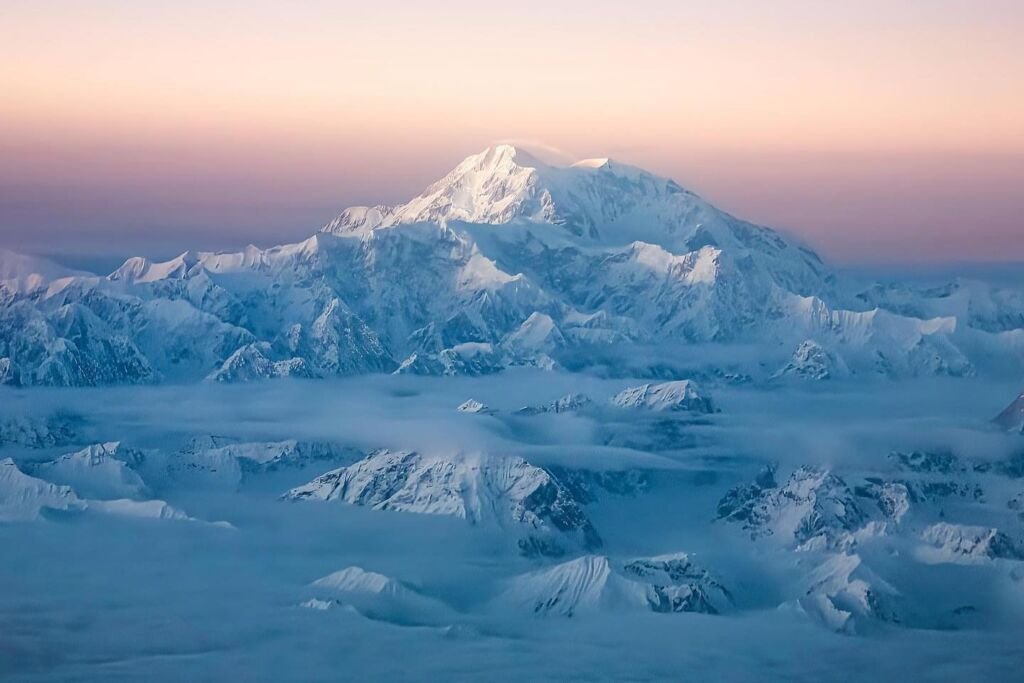
Watersheds and Water Resources
- Mountains are natural water towers. They capture snow and rain, storing them as glaciers and snowpacks that gradually melt and feed rivers and streams.
- These mountain-sourced waterways are critical for drinking water, irrigation, and ecosystems across vast areas, especially in drier regions.
- The tallest mountain in North America, Denali, and its surrounding peaks feed crucial water systems throughout Alaska and beyond.
Cultural Significance
- Historically, mountains have held spiritual importance for cultures worldwide, appearing in myths, legends, and religious beliefs.
- They inspire artists, writers, and adventurers, symbolizing challenges, awe, and nature’s enduring power.
- Many Indigenous communities have deep ties to specific mountains, considering them sacred sites and ancestral homes.
⫸ Conclusion
North America unveils a breath-taking tapestry of mountains from towering Alaskan giants to Mexico’s fiery volcanoes. And while Denali earns its crown as the tallest mountain in North America, each peak tells a unique story of geological forces, extreme environments, and the human spirit of exploration.
Let’s recap:
- Denali’s Supremacy: Its sheer height, remote location, and challenging conditions continue to awe those who dream of standing on North America’s rooftop.
- A Continent of Contrasts: The mountains of North America encompass glacial peaks, volcanic summits, and rugged, ancient ranges – a testament to the powerful forces that shape our planet.
- The Call to Adventure: Whether you’re an armchair explorer or a seasoned mountaineer, North America’s peaks invite you to learn more. Discover their histories and ecosystems, and perhaps even feel the thrill of setting foot on their slopes.

